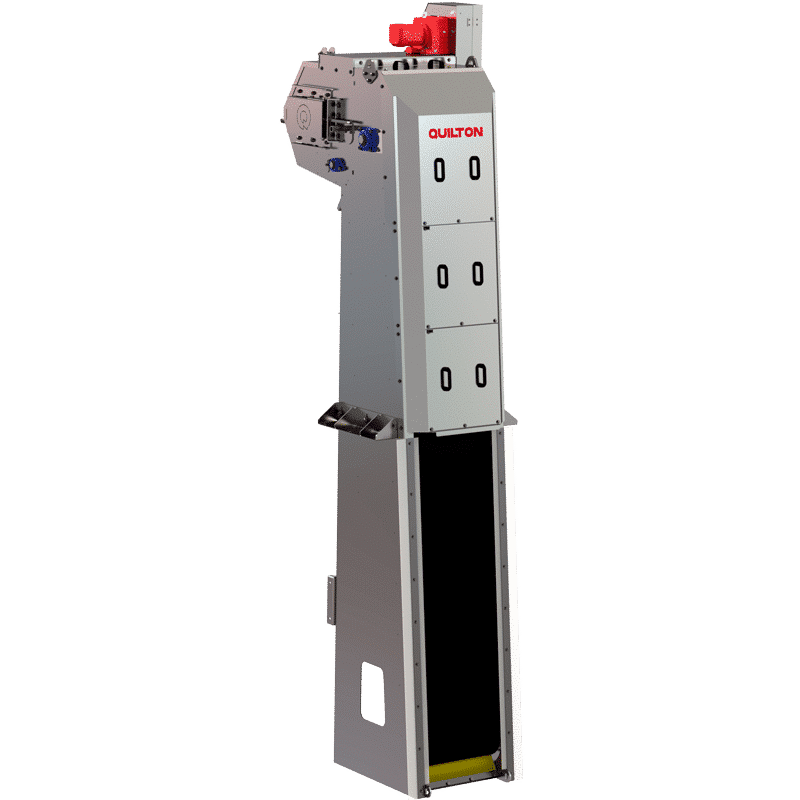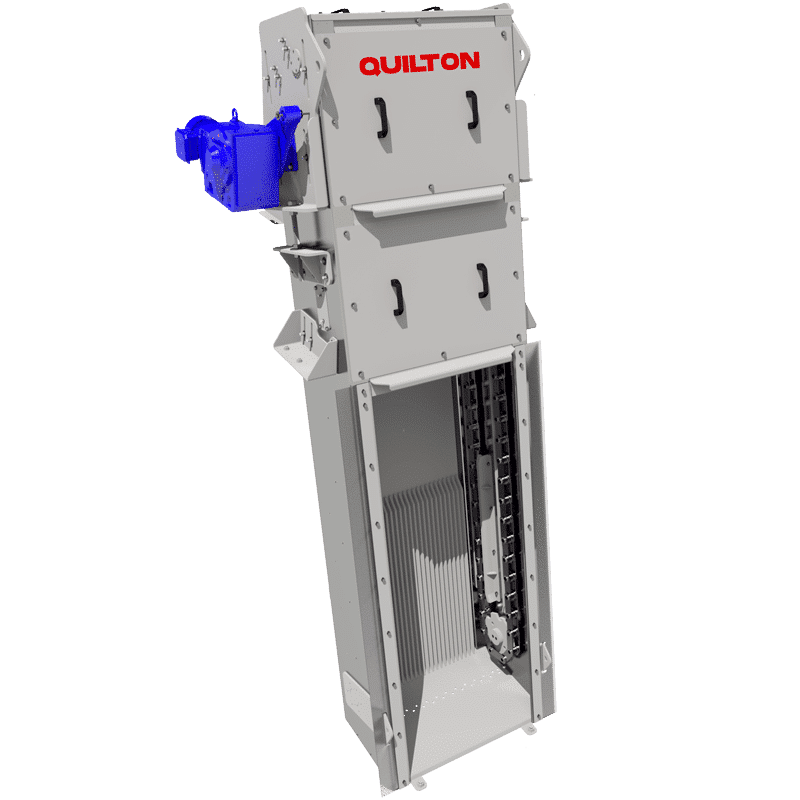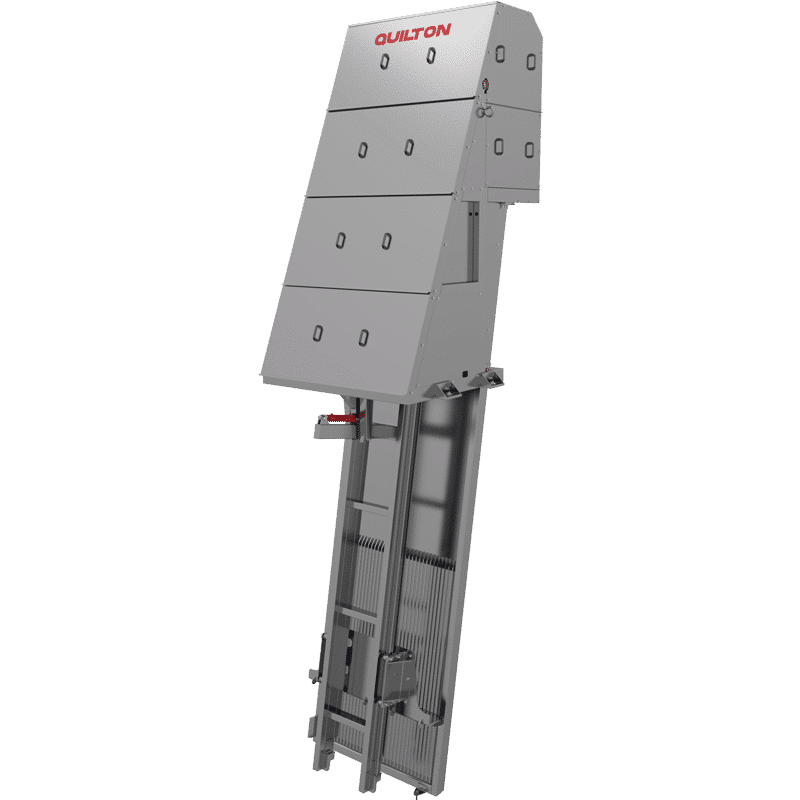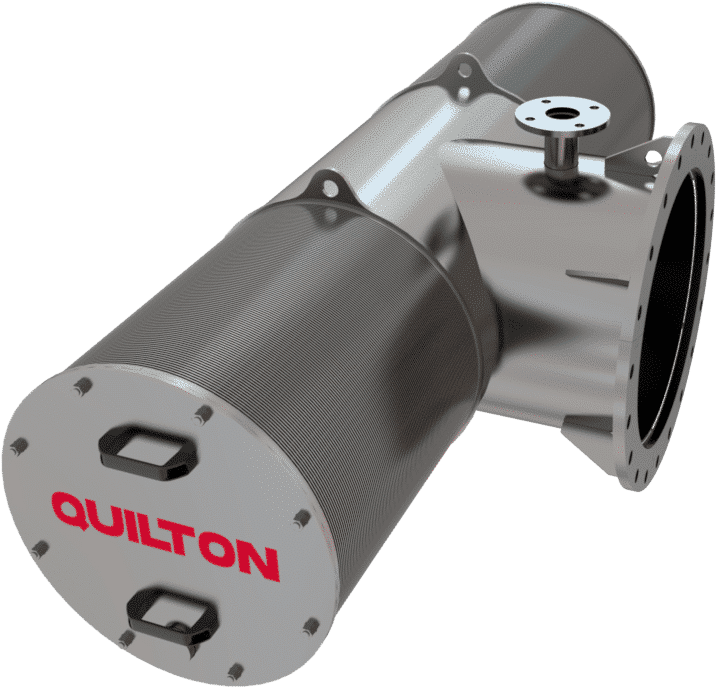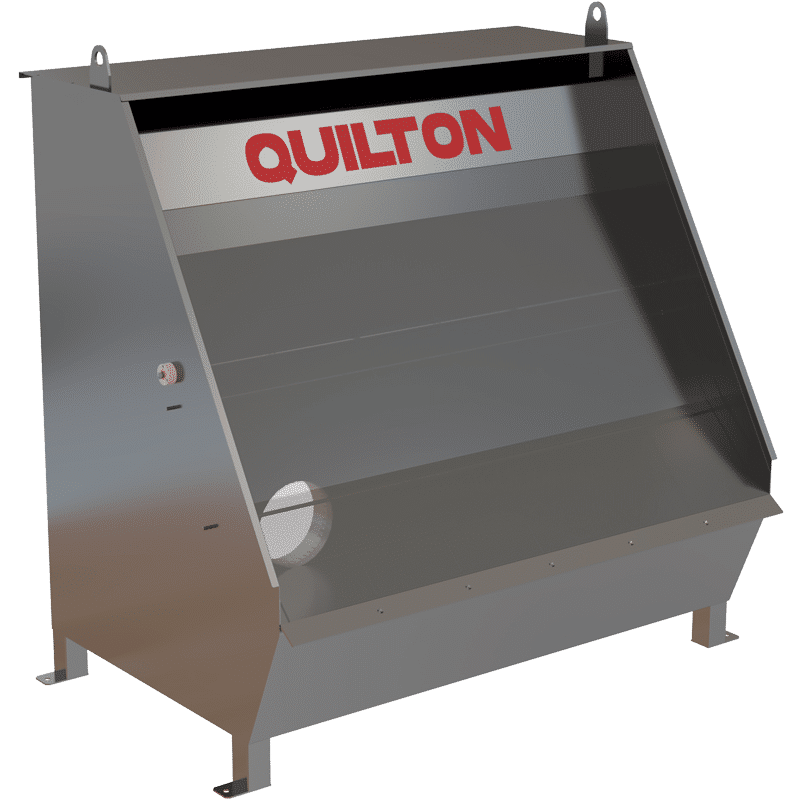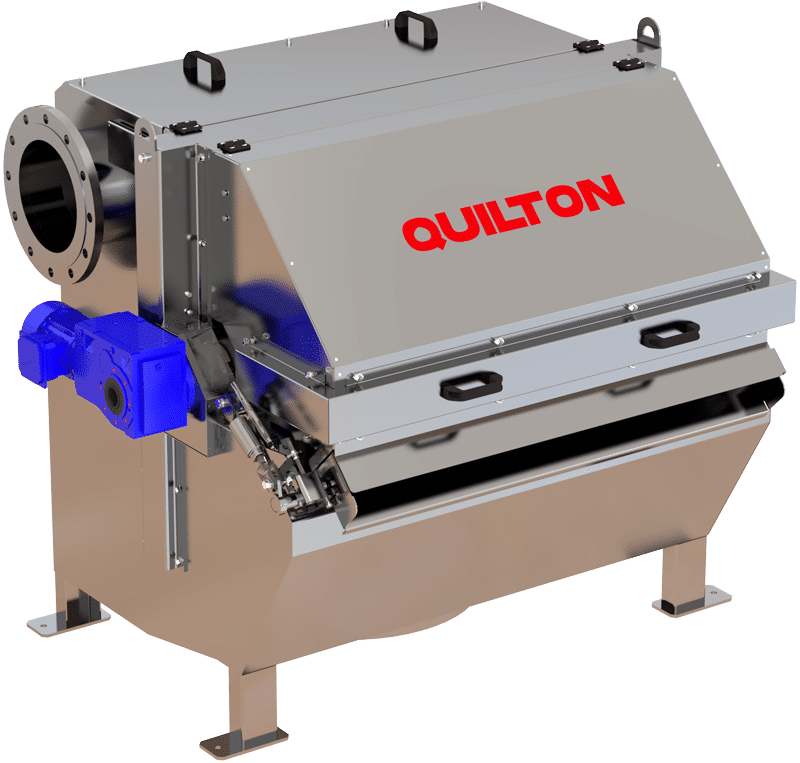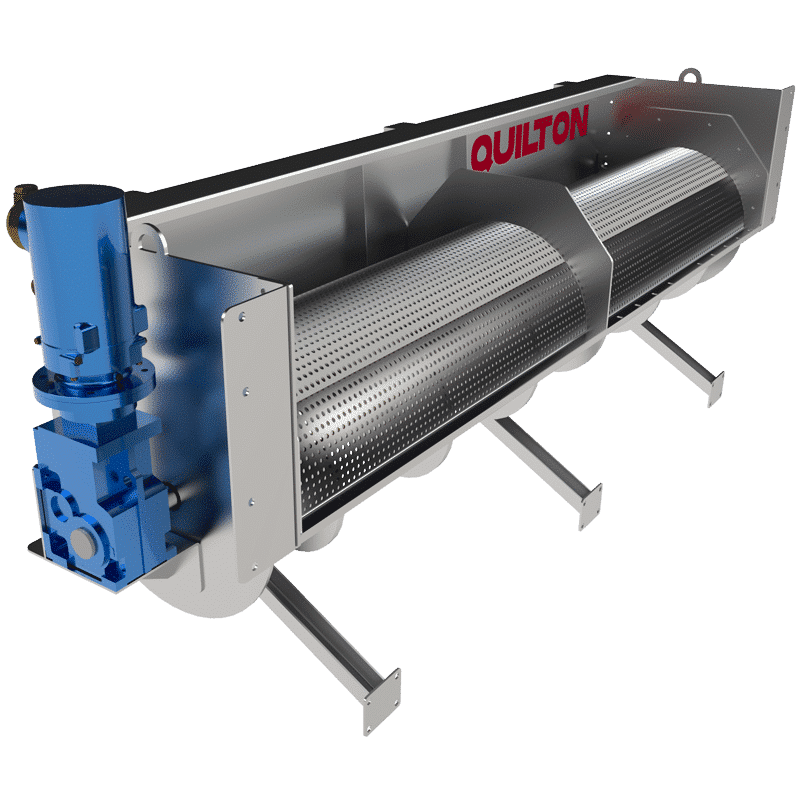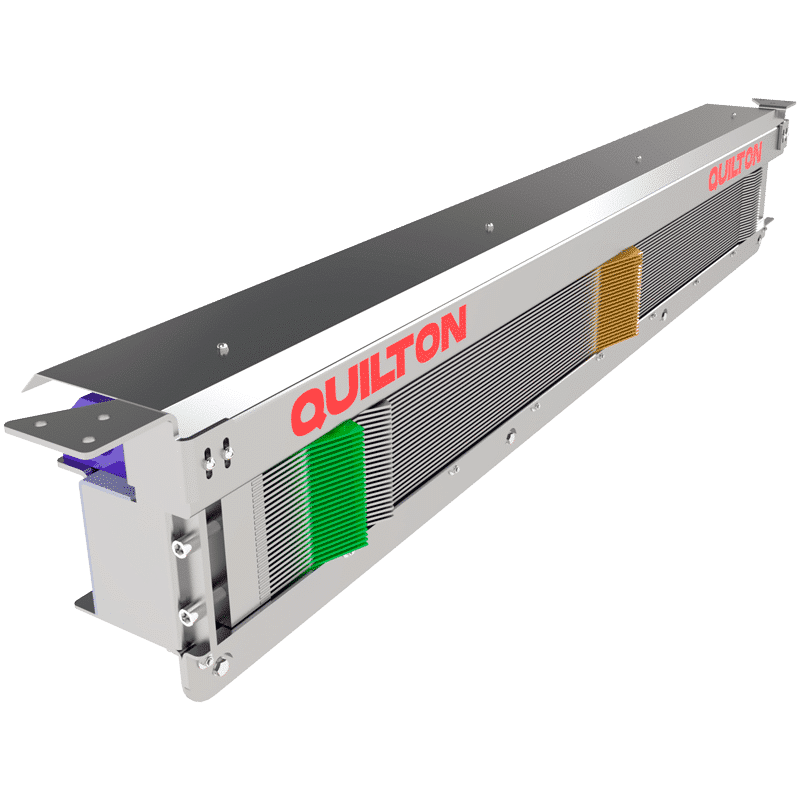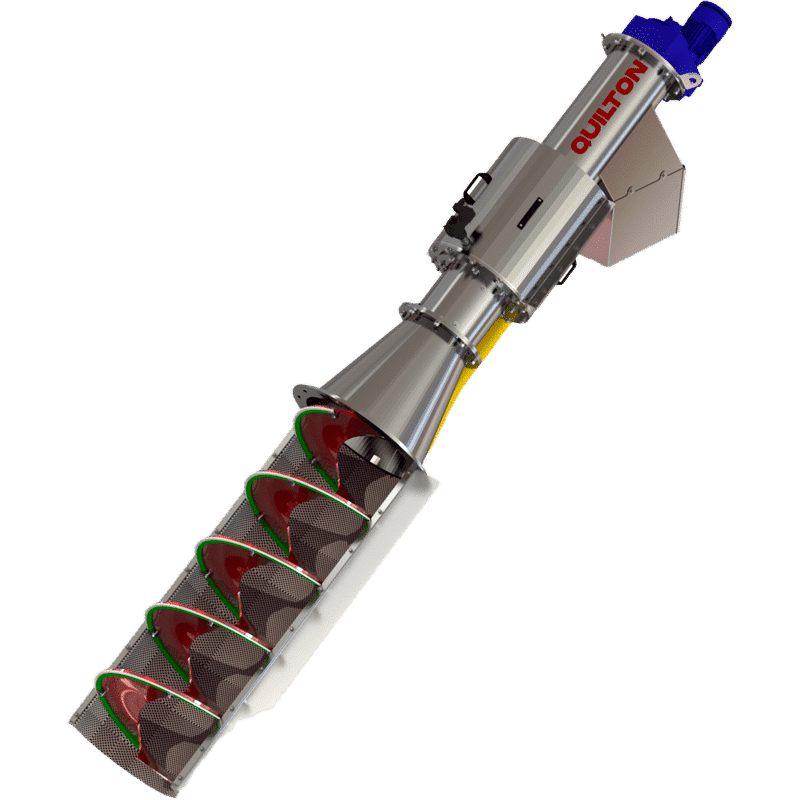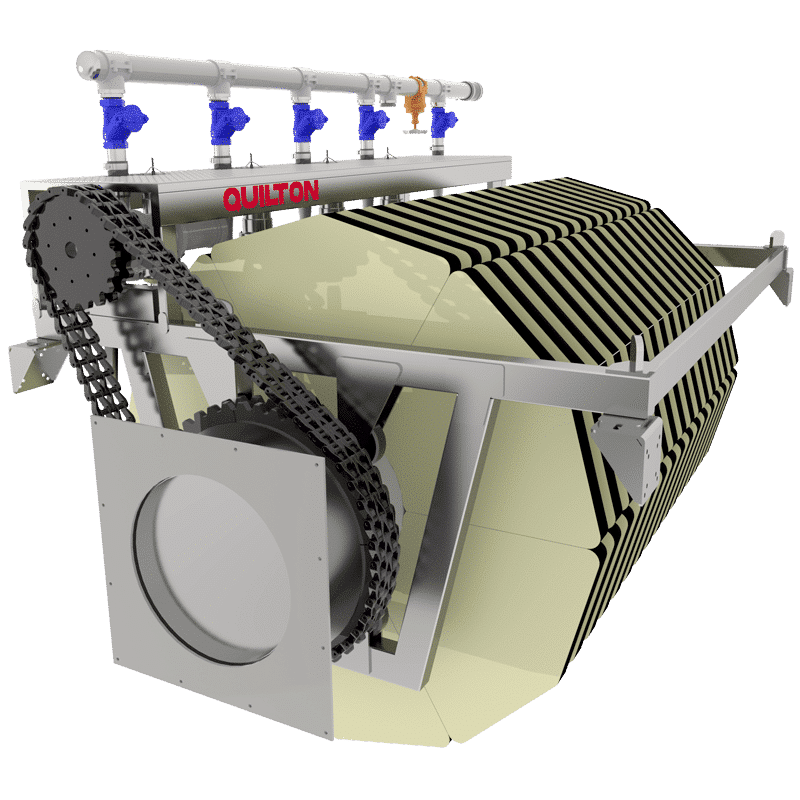This website uses cookies so that we can provide you with the best user experience possible. Cookie information is stored in your browser and performs functions such as recognising you when you return to our website and helping our team to understand which sections of the website you find most interesting and useful.
Screens, filters and bar screens
Raw waters initially undergo a pre-treatment that consists of a series of physical and mechanical processes. Roughing is one of the main operations involved in this process, separating and removing large materials. Screens and bar screens are used to rough solids, protecting an WWTP from the influx of objects that could clog the facilities.
The main purpose of these processes is to remove the worst contamination; in other words, those materials whose size or nature could compromise subsequent treatments.
At QUILTON, we design and manufacture an extensive range of equipment for the pre-treatment of wastewaters.
QUILTON SCREENS, FILTERS AND BAR SCREENS
Other product families
ROUGHING OF SOLIDS. BAR SCREENS AND SCREENS, ABOUT THEM AND THEIR USES
BAR SCREENS
Bar screens may be classified as following according to their spacing:
- Thick bar screens: with a spacing of between 20 and 60 mm.
- Fine bar screens: with a spacing of between 1 and 10 mm.
Depending on the method of cleaning, they can be classified as follows:
- Manual cleaning bar screens: the solids are removed manually by inserting a rake between the spaces on the bar screen.
- Automatic cleaning bar screens: the mechanism most widely used for their operation involves a moving comb that regularly passes over the bar screen, removing and discharging any solids caught up in it.
SCREENS
Screening involves finer filtering that is used in numerous water treatment processes. The pre-treatment of wastewaters involves screens with spacings of 1 mm and 10 mm.
Although screens were initially used only in special cases, they are now more widely applied, replacing fine meshes, as well as in small installations in place of desanding and primary treatment steps.
An important aspect when choosing a screen is its filtering capacity, solid removal efficiency and the pressure drop it causes, normally ranging between 0.25 m and 0.50 m, depending on the type of screen and its spacing. Screens should be made of high-quality stainless materials.
The following are the screens most commonly used in the pre-treatment of wastewaters:
- Static screens: they have a stainless-steel grille consisting of a sinusoidal lattice or straight horizontal bars with a triangular profile. Solid materials are separated, drained, and removed by the different slopes of the grille over the horizontal.
- Rotary screens: they consist of a cylindrical drum mounted on a horizontal shaft, made of stainless-steel bars with a triangular profile or perforated steel section, which turns slowly forcing the liquid to be screened through it.
- Self-cleaning continuous screen filters: these are vertical and continuous. The solids retained are separated and removed from the water by teeth (filtering features) that make up the screen’s filter.
FILTERS
To extend the range of products in the category of screens, at QUILTON we provide capture filters for water intakes and filers for tertiary treatment designed to retain solids in order to obtain water of the highest possible quality.
- Passive intake screen: water is collected from rivers, lakes and reservoirs via intake towers or pipelines, at a greater or lesser depth, connected directly to pumps. At QUILTON, we design and manufacture static filters for water intakes with an average flow speed that reduces the entrainment of solids, facilitating the inflow of water and avoiding the need to remove and handle solids at that point.
- Cloth filter for tertiary treatment: the fabric filter is one of the most widely used filtering techniques for the tertiary treatment of urban and industrial wastewaters. The use of special fabrics or cloths ensures a high capacity for separating solids, combining the characteristics and advantages of surface filtering with those of depth filtering.


